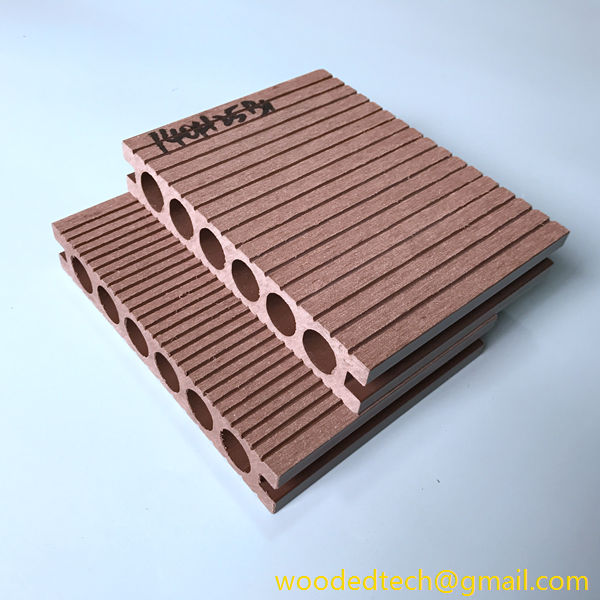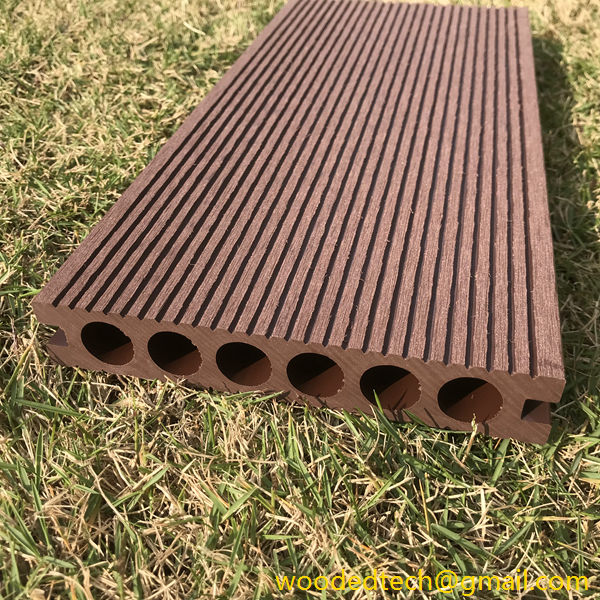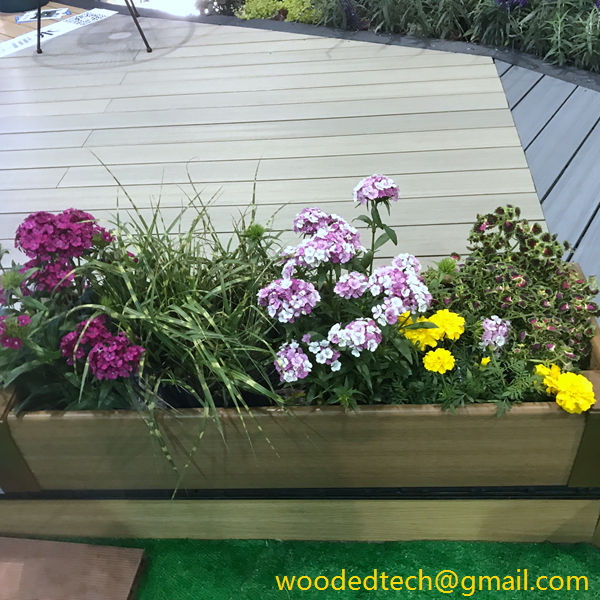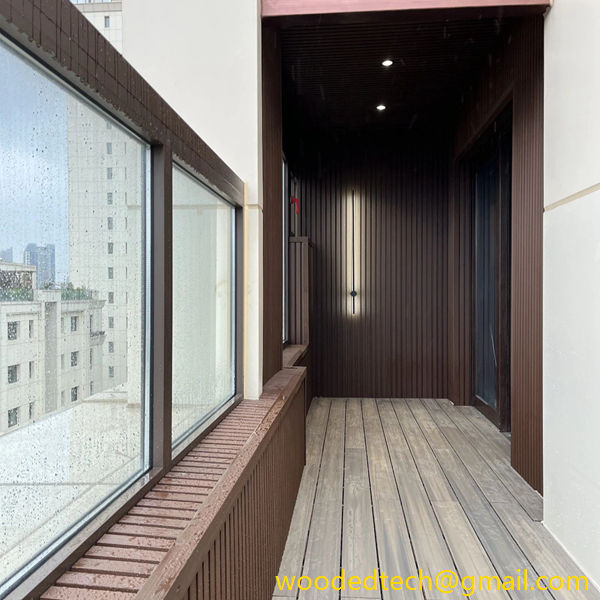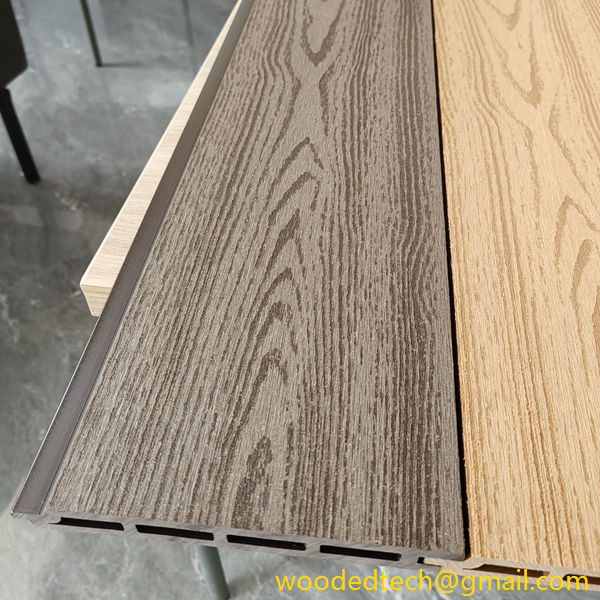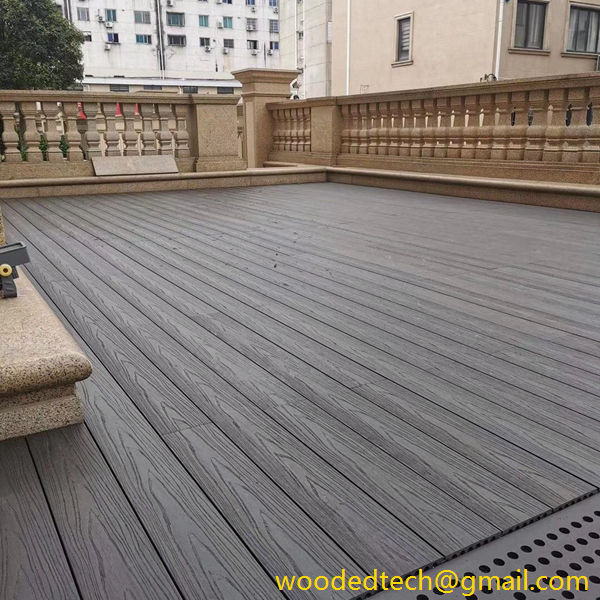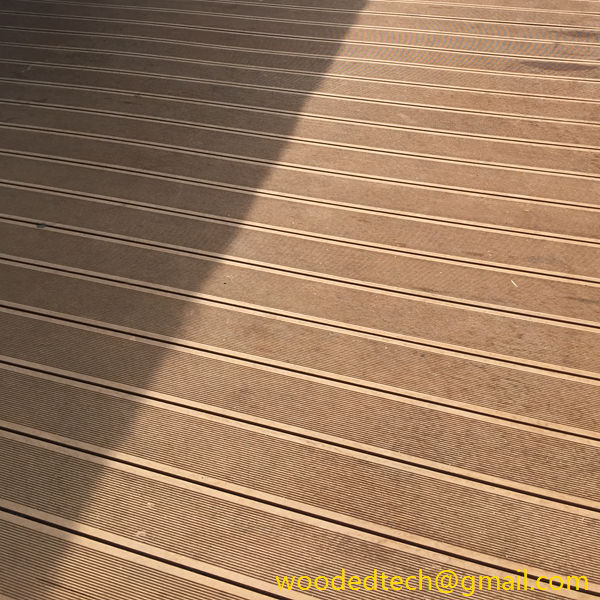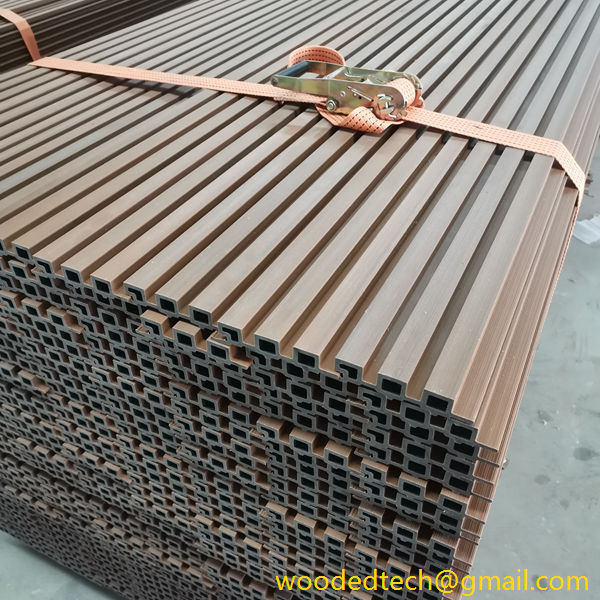De qué están hechos los suelos de WPC: Descubra la composición de los suelos de WPC
De qué están hechos los suelos de WPC: Descubra la composición de los suelos de WPC Los suelos de WPC, o compuestos de madera y plástico, han ganado una gran popularidad en los últimos años debido a su durabilidad, atractivo estético y versatilidad. Para apreciar realmente los beneficios de los suelos de WPC, es esencial entender su composición y los materiales que lo...
De qué están hechos los suelos de WPC: Descubra la composición de los suelos de WPC
WPC flooring, or Wood Plastic Composite flooring, has gained significant popularity in recent years due to its durability, aesthetic appeal, and versatility. To truly appreciate the benefits of WPC flooring, it is essential to understand its composition and the materials that make it stand out in the flooring market.
At its core, WPC flooring is a composite material made from a blend of wood fibers and plastic. This combination provides the flooring with unique characteristics that make it both resilient and visually appealing. The wood component typically consists of recycled wood pulp or sawdust, while the plastic component is usually derived from polyvinyl chloride, commonly known as PVC, or other types of thermoplastics. This blend not only enhances the structural integrity of the flooring but also contributes to its eco-friendliness, as many of the materials used are recycled.
The wood fibers in WPC flooring give it a natural look and feel, closely resembling traditional hardwood flooring. This is a significant advantage for homeowners who desire the aesthetic of wood without the high maintenance and susceptibility to moisture damage that real wood presents. The plastic component, on the other hand, provides WPC flooring with resistance to water, stains, and scratches, making it suitable for a variety of environments including homes, commercial spaces, and high-traffic areas.
One of the key benefits of WPC flooring is its customizable nature. Manufacturers can adjust the ratio of wood to plastic, allowing for variations in density, flexibility, and overall performance. This flexibility means that WPC flooring can be designed to meet specific needs, whether it is for a residential bathroom that requires high moisture resistance or a busy retail environment that demands durability. Additionally, the surface of WPC flooring can be treated or textured to mimic different types of wood, stone, or other materials, further enhancing its versatility in design.
WPC flooring is also known for its ease of installation. Many products feature a click-lock system, allowing for a straightforward, glue-free installation process. This not only saves time but also reduces labor costs, making WPC flooring an appealing option for both DIY enthusiasts and professional installers. The lightweight nature of WPC planks also contributes to easier handling and transportation, making it an excellent choice for renovation projects.
Maintenance is another area where WPC flooring excels. Unlike traditional hardwood, which requires regular sealing and finishing, WPC flooring is relatively low-maintenance. It can be cleaned easily with a damp mop or cloth and does not require any special cleaning products. This ease of maintenance makes WPC flooring a practical choice for busy households or commercial spaces where cleanliness is a priority.
In terms of environmental impact, WPC flooring is often considered a more sustainable choice compared to traditional flooring options. The use of recycled materials in its production helps reduce waste and minimize the reliance on virgin resources. Additionally, many manufacturers adhere to eco-friendly practices, ensuring that their products meet environmental standards and certifications. This commitment to sustainability appeals to environmentally-conscious consumers who are looking for flooring options that align with their values.
WPC flooring is available in a wide range of styles, colors, and finishes, allowing homeowners and designers to create unique looks that fit their aesthetic preferences. Whether one prefers the warm tones of oak, the sleek appearance of maple, or the rustic charm of reclaimed wood, there is likely a WPC product that meets those specifications. The ability to customize the visual aspects of the flooring means that it can seamlessly integrate into various design themes, from modern to traditional.
Another noteworthy feature of WPC flooring is its acoustic properties. The dense core structure of WPC helps to reduce noise transmission, making it an excellent choice for multi-story buildings or apartments. This sound-dampening quality enhances comfort and privacy, further adding to the appeal of WPC flooring in residential and commercial applications.
In conclusion, WPC flooring stands out as a versatile and durable flooring option made from a blend of wood fibers and plastic. Its customizable materials allow for a wide range of designs and performance characteristics, making it suitable for various environments. With its natural appearance, easy maintenance, and eco-friendly attributes, WPC flooring has become a favored choice for many homeowners and businesses alike. Whether you are renovating a room or building a new space, WPC flooring offers an attractive and practical solution that meets the demands of modern living.

